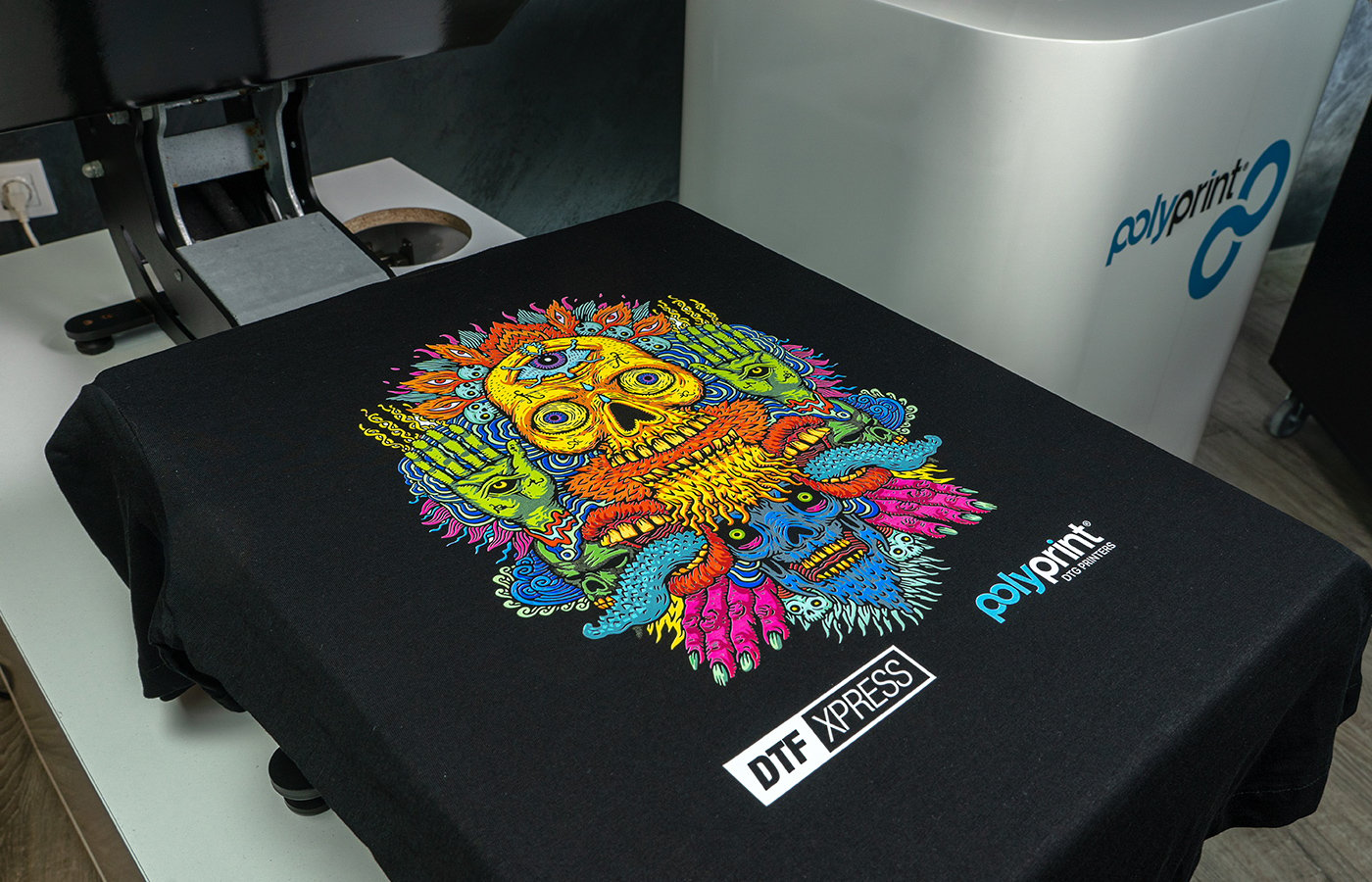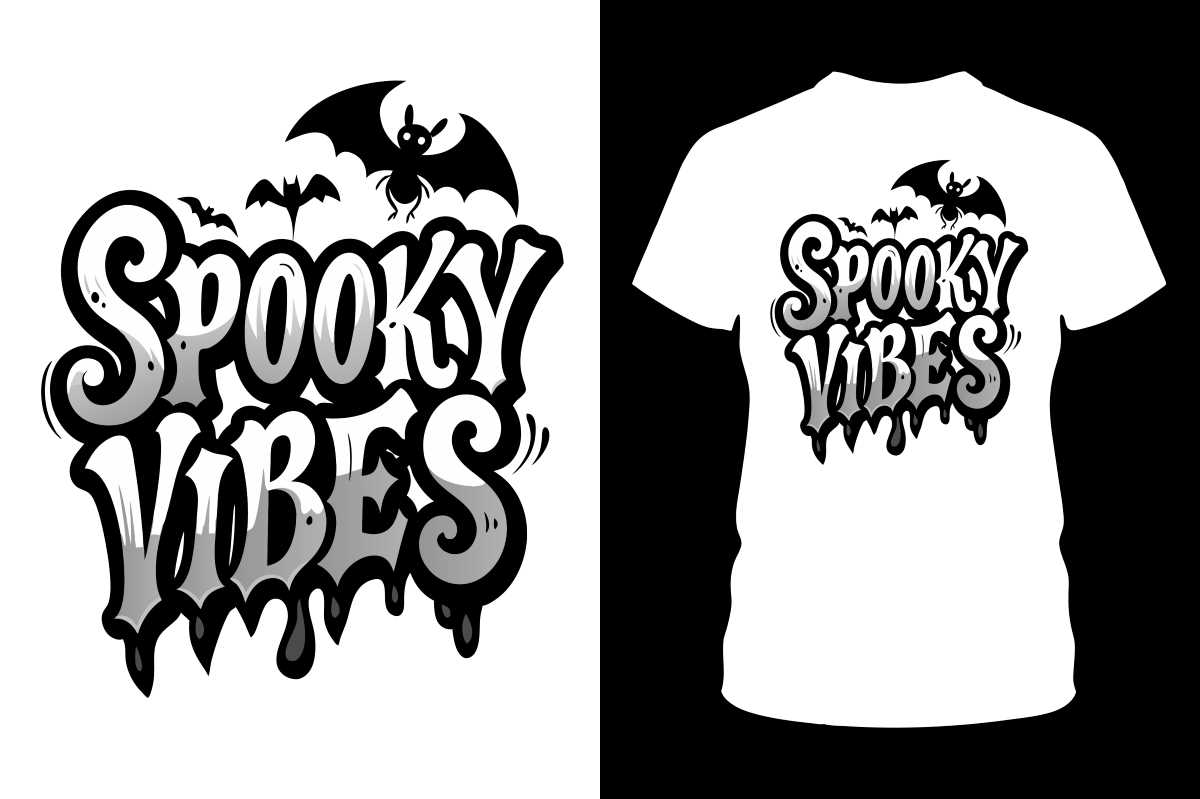DTF printing, or Direct-to-Film printing, is at the forefront of the custom apparel revolution, merging cutting-edge technology with sustainable practices. In a time when eco-consciousness and meticulous detail are paramount, DTF technology showcases how vibrant and durable prints can be achieved while minimizing waste. This innovative digital printing method allows brands to bring intricate designs to life, paving the way for limitless creative expression in the fashion industry. As consumers increasingly seek custom apparel that aligns with their values, DTF printing emerges as a pivotal solution that caters to both aesthetic desires and environmental responsibility. Join us as we explore the fundamentals of this transformative printing technique and its promising implications for the future of textile manufacturing.
Direct-to-Film printing, a game-changing approach in the realm of custom garment creation, offers an efficient and eco-friendly alternative to traditional printing methods. Often referred to in the industry as DTF technology or digital printing, this process involves printing colorful designs onto a specialized film before transferring them onto fabric, which opens up endless possibilities for complex, detailed artwork. With its ability to accommodate various materials, DTF represents a significant shift toward sustainable printing practices, satisfying the rising demand for environmentally responsible production. As the apparel landscape continues to evolve, understanding these innovative techniques becomes essential for designers and consumers who value both creativity and sustainability in their choices.
Understanding DTF Printing Technology
Direct-to-Film (DTF) printing is a revolutionary technology that bridges the gap between traditional printing techniques and modern digital capabilities. This method utilizes a specialized film that captures intricate designs before they are transferred onto fabrics using heat and pressure. As a part of the custom apparel industry, DTF stands out due to its remarkable ability to produce vibrant, multi-colored prints on various textiles. The digital printing process not only allows for fine details but also caters to large runs of custom designs, making it suitable for both small-scale and high-volume production.
Unlike traditional methods, DTF technology embraces the digital era, eliminating many of the limitations associated with screen printing and other techniques. One significant advantage is its capability to print on diverse materials including cotton, polyester, and blends. This versatility ensures that custom apparel manufacturers can meet varying consumer preferences while still delivering high-quality, durable products. As companies innovate and improve DTF technology, its potential to transform custom apparel production continues to expand.
The Role of DTF Printing in Sustainable Fashion
Sustainability has become a critical consideration in the apparel industry, and DTF printing is at the forefront of this transition. Unlike traditional printing methods that often involve chemical-laden inks and excessive waste, DTF printing minimizes its environmental footprint by utilizing eco-friendly inks and films. This sustainable approach not only satisfies the growing consumer demand for environmentally responsible products but also empowers brands to position themselves as leaders in ethical fashion.
Moreover, DTF printing’s efficiency in ink usage decreases material waste significantly, aligning with sustainable practices that aim to reduce the overall impact on the planet. Many companies are now incorporating DTF technology to not only enhance their product offerings but also publicly commit to greener production processes. By opting for DTF printing, brands demonstrate their responsibility towards the environment, appealing to conscious consumers who are increasingly seeking out sustainable clothing options.
Advancements in DTF Printing Capabilities
The advancements in Direct-to-Film printing technology have revolutionized the capabilities and quality of printed apparel. Recent innovations have made it possible for printers to achieve high-resolution outputs with exceptional color vibrancy resembling traditional screen printing. The introduction of large-format DTF printers has also increased production efficiency, allowing manufacturers to support the rising market demand for personalized designs while maintaining cost-effectiveness.
As the custom apparel industry evolves, these enhancements have broadened the scope of what can be achieved with DTF printing. Better adhesion properties, faster print speeds, and compatibility with diverse fabric types have solidified DTF printing as a powerhouse in the digital printing landscape. Businesses that adopt these advancements find themselves not only able to meet consumer demands but also push the boundaries of creativity in design.
Education and Awareness in DTF Printing
As interest in DTF printing surges, education becomes essential for both new entrants and established businesses aiming to adapt to this innovative technology. Programs such as webinars and workshops facilitate understanding of how DTF works, its benefits, and practical applications in custom apparel. Learning about DTF allows individuals and businesses to harness its power effectively, encouraging further innovations in creative designs and sustainability.
Educational initiatives serve as a bridge for knowledge sharing, allowing industry professionals to explore new possibilities in direct-to-film printing. This growing body of resources not only democratizes access but also fosters a community of practitioners who can support each other in adopting and mastering DTF technology. As awareness increases, so does the potential for DTF printing to redefine the landscape of custom apparel.
Community Engagement with DTF Printing
Engaging content such as online tutorials and community forums plays a crucial role in promoting DTF printing technology. Social media platforms and video channels are increasingly showcasing demonstrations that simplify complex concepts, making DTF accessible to a broader audience, from hobbyists to small business owners. By presenting this technology in an approachable manner, newcomers can quickly learn how to implement DTF printing into their own projects.
Furthermore, community interaction through discussions and shared experiences helps build a supportive environment where knowledge can be exchanged. Through feedback and collaboration, users of DTF technology can enhance their skills and innovate new approaches, ultimately driving the evolution of the custom apparel sector. This communal learning experience not only empowers individuals but also stimulates creativity across the entire industry.
The Future of Custom Apparel with DTF Printing
The future of custom apparel looks bright with the integration of DTF printing technology. Its ability to blend vibrant designs with eco-friendly practices positions it as the go-to solution for modern consumers who value both aesthetics and sustainability. As the technology evolves and more brands adopt DTF, we can expect a shift in consumer expectations towards more personalized and responsibly produced clothing.
Moreover, as educational efforts ramp up and the community continues to expand, the DTF printing sector is poised for growth. Companies that embrace this technology will not only thrive in a competitive market but also contribute to a larger movement towards a more sustainable and creative fashion industry. The combination of innovation, education, and community engagement ensures that the rise of DTF printing will shape the future of how custom apparel is designed and produced.
Frequently Asked Questions
What are the benefits of DTF printing for custom apparel?
DTF printing, or Direct-to-Film printing, offers numerous benefits for custom apparel. It provides vibrant, durable prints on various fabric types and allows for unlimited color combinations and intricate designs. Additionally, DTF technology is more sustainable than traditional printing methods, as it minimizes waste and uses less ink, aligning with the growing consumer demand for sustainable printing practices.
How does DTF printing compare to other digital printing methods?
DTF printing stands out from other digital printing methods like direct-to-garment (DTG) because of its versatility and ability to print on a wider range of materials including cotton and polyester. While DTG is restricted to fabric types, DTF technology transfers designs onto a special film, making it suitable for many surfaces and ensuring high durability and clear color reproduction, which is essential for custom apparel.
Is DTF printing environmentally friendly?
Yes, DTF printing is considered an environmentally friendly option in the custom apparel industry. It optimizes ink usage and reduces material waste, which supports more sustainable printing practices. Brands that adopt DTF technology contribute to a decrease in environmental impact while meeting consumer expectations for eco-friendly products.
What kind of designs can be created with DTF printing?
DTF printing technology allows for the creation of complex and detailed designs without the constraints of traditional methods. Custom apparel designers can utilize DTF printing to produce vibrant images, multiple colors, and intricate graphics, making it ideal for personalized garments and unique fashion statements.
Where can I learn more about DTF printing technology?
To learn more about DTF printing technology, you can participate in educational webinars, such as those offered by GJS, or explore online resources like video tutorials on platforms like MSN. These educational initiatives help both newcomers and experienced professionals understand the operations and benefits of DTF printing within the custom apparel industry.
What materials are compatible with DTF printing?
DTF printing is highly versatile and can be used on a variety of fabric types including cotton, polyester, and blended materials. This flexibility allows custom apparel creators to cater to different customer preferences and expand their product offerings while ensuring high-quality, durable prints.
| Key Point | Details |
|---|---|
| What is DTF Printing? | DTF printing involves printing designs onto a special film that is transferred onto fabric using heat and pressure, allowing for vibrant and long-lasting prints. |
| Advantages of DTF Printing | It accommodates unlimited colors and intricate designs, offering custom apparel designers boundless creative expression. |
| Sustainability | DTF printing minimizes material waste and promotes eco-friendly practices, making it ideal for brands aiming for sustainability. |
| Enhancements in Technology | Advancements in large-format DTF technology have improved production efficiency and broadened the range of compatible fabrics. |
| Educational Initiatives | Webinars and resources about DTF printing are becoming available, facilitating knowledge transfer for both professionals and hobbyists. |
| Community Engagement | Platforms are providing video content and tutorials that help users grasp DTF printing, contributing to a more informed workforce. |
Summary
DTF Printing is increasingly recognized as a transformative force in the custom apparel industry. This innovative printing method not only supports spectacular design possibilities but also leverages sustainable practices, making it a preferred choice among environmentally conscious brands. The versatility of DTF printing technology allows it to function across a variety of fabrics, producing high-quality, vibrant prints that withstand wear and washing. As the demand for custom apparel continues to rise, education and community engagement surrounding DTF printing will facilitate its adoption, helping both businesses and consumers navigate this dynamic landscape. Overall, DTF printing is not just a solution; it embodies the future of sustainable fashion and personalized creativity.



